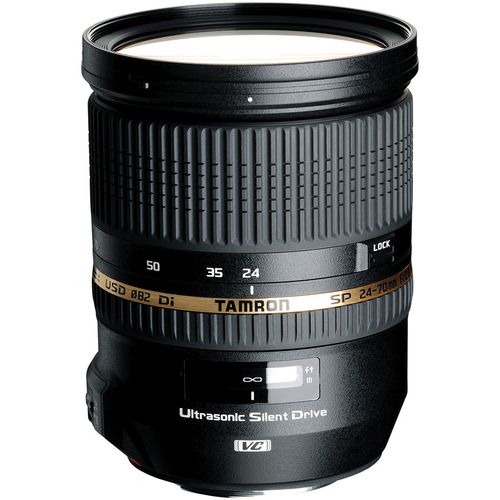Ok, let’s start with the coincidence. On February 7th Canon announced three new lenses, two primes and a standard zoom lens: 28mm f/2.8 IS USM, 24mm f/2.8 IS USM and the 24-70mm f/2.8 II USM. All three lenses are upgrades from previous versions. So, before dipping in details and specs, let me tell you where the coincidence lies. No idea? Well, on the same day Nikon announces the brand new D800 full-frame DSLR. Still no idea? Ok, I will tell you what I think. These lenses are made i) for full-frame cameras, ii) have improved resolution and iii) are high quality lenses for high quality camera bodies. Still no clues where I am aiming? Did it happen just by chance that Canon announces these lens the same day of Nikon’s D800 presentation? No! I think it allows us to think that an exciting new Canon camera is on the way (ok, not really a new fact).

